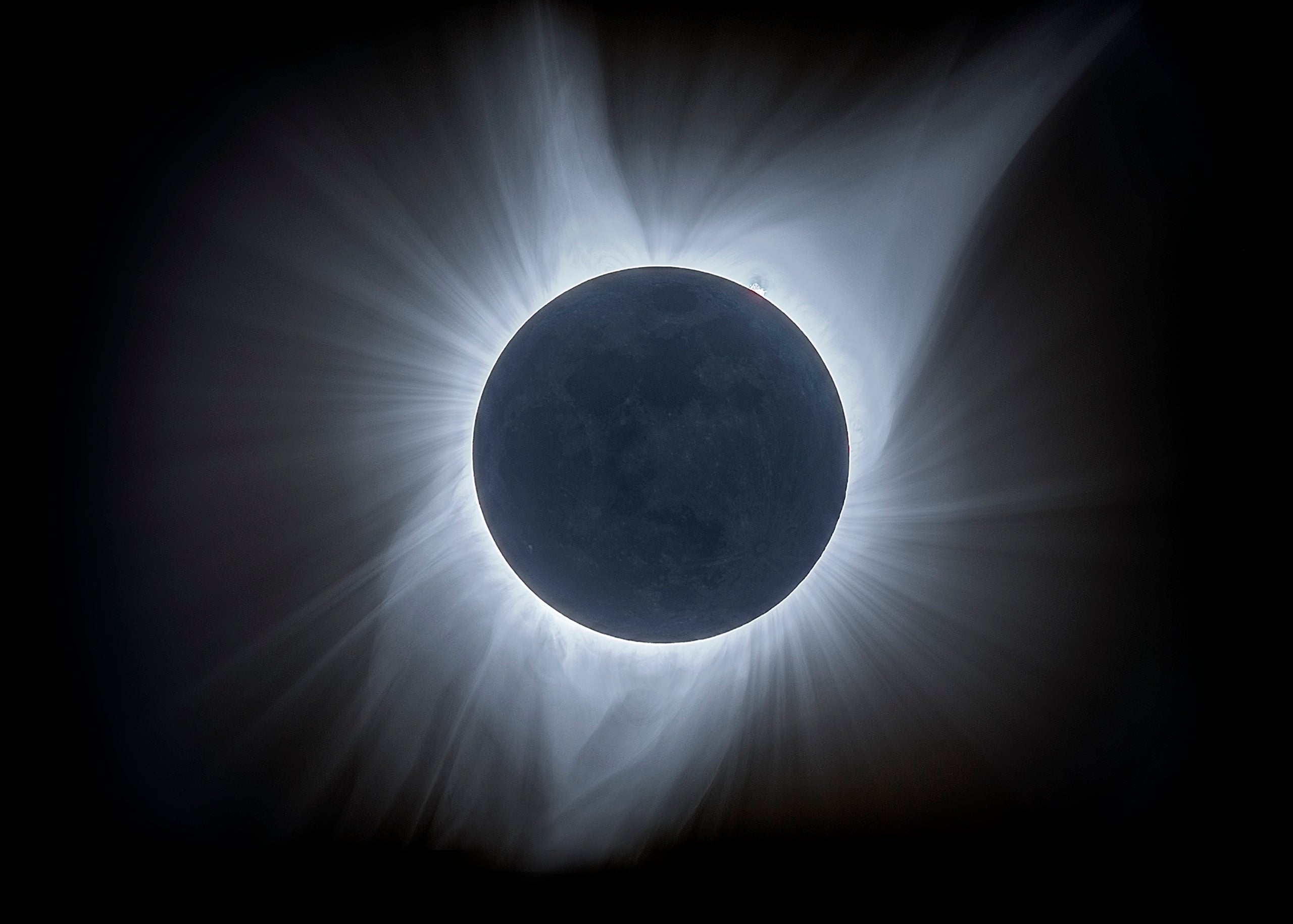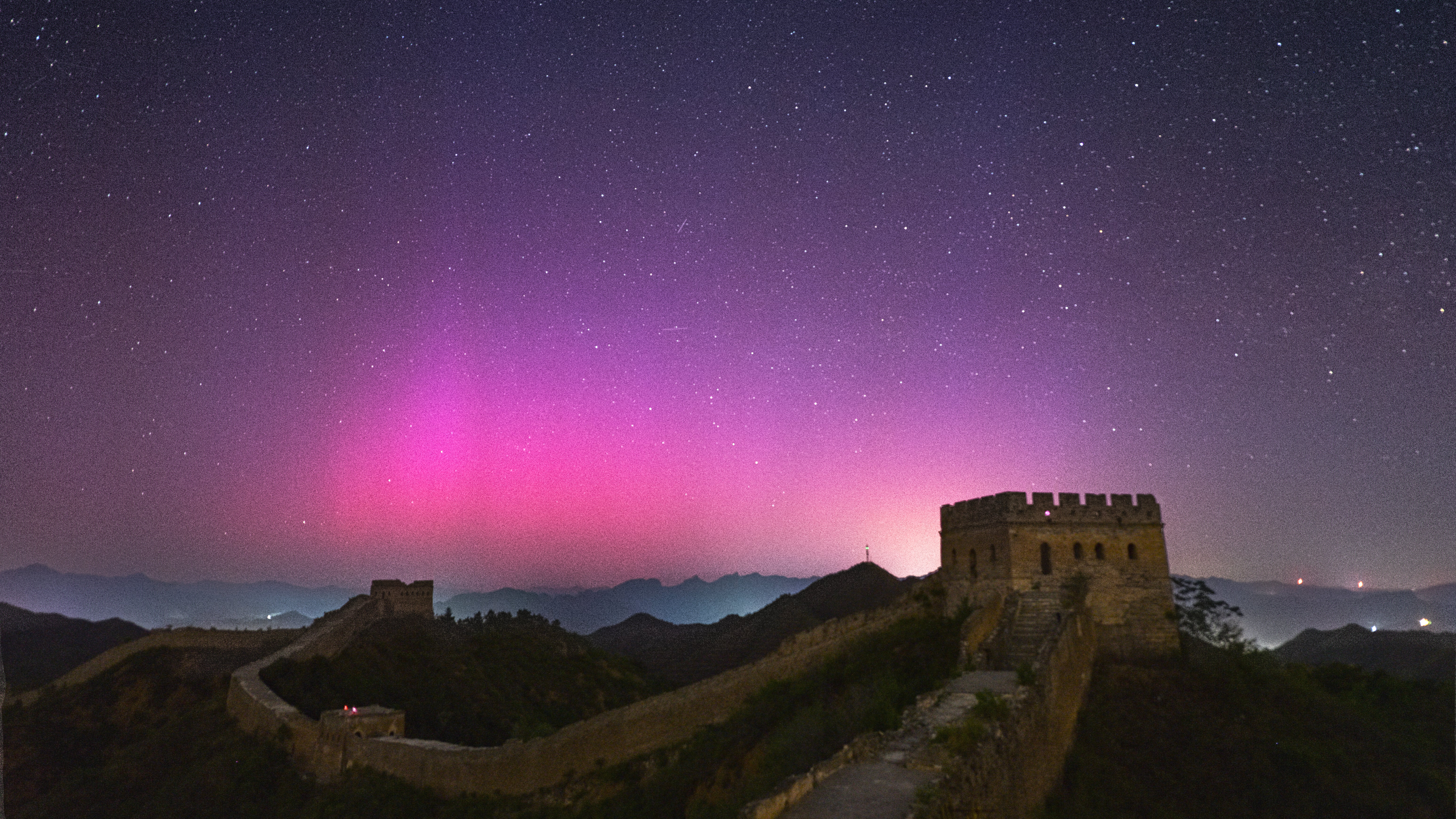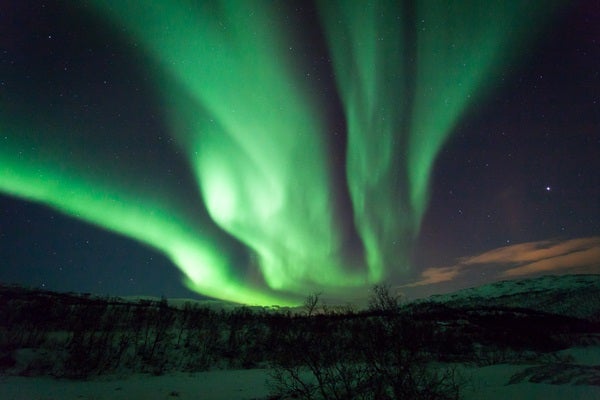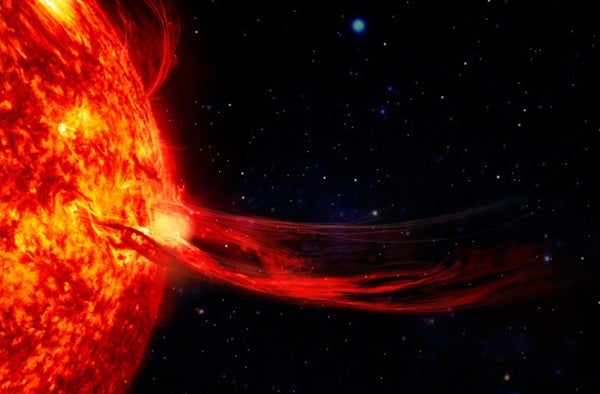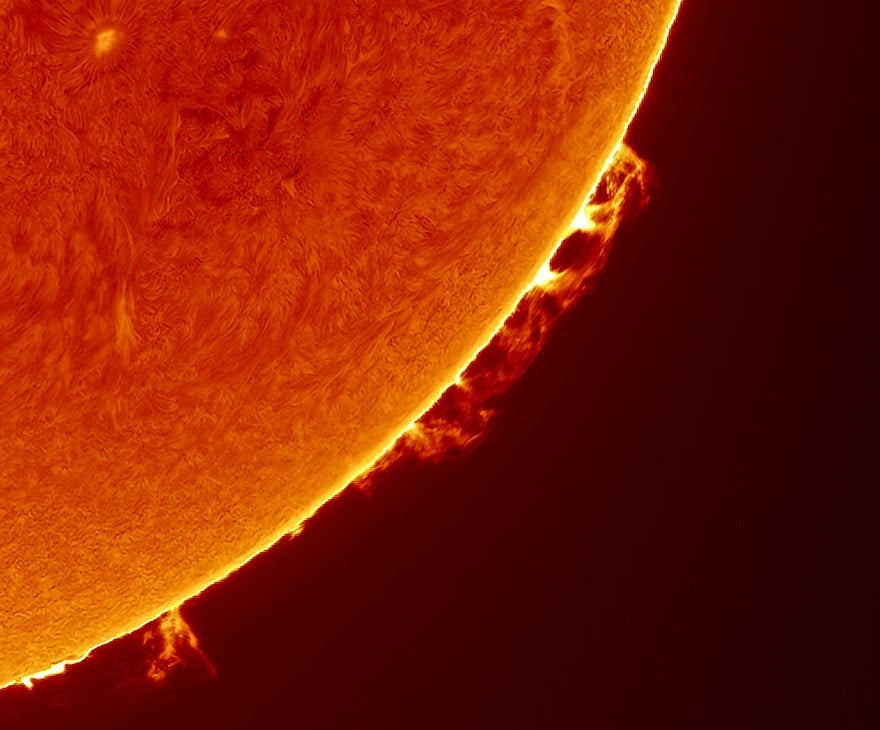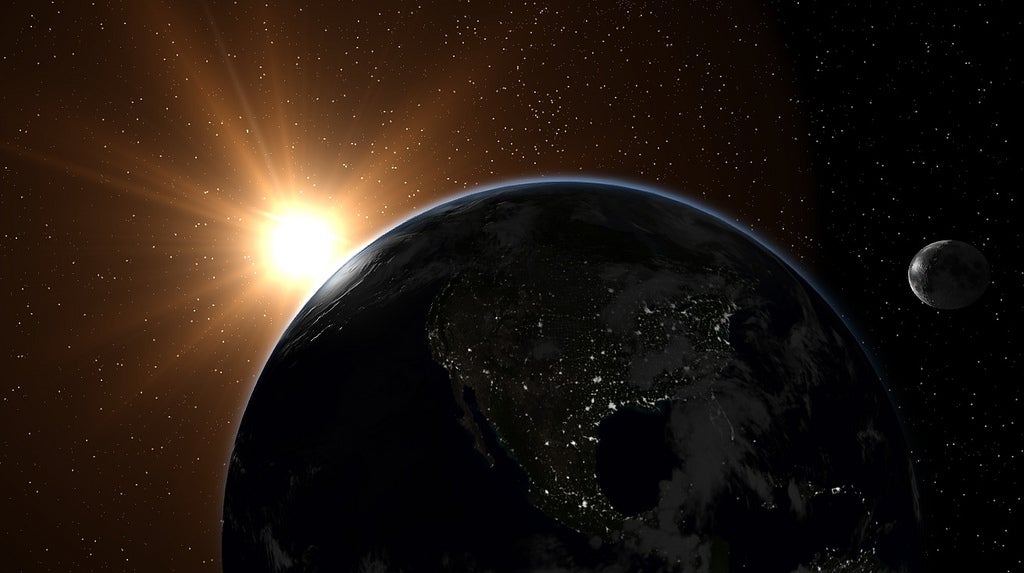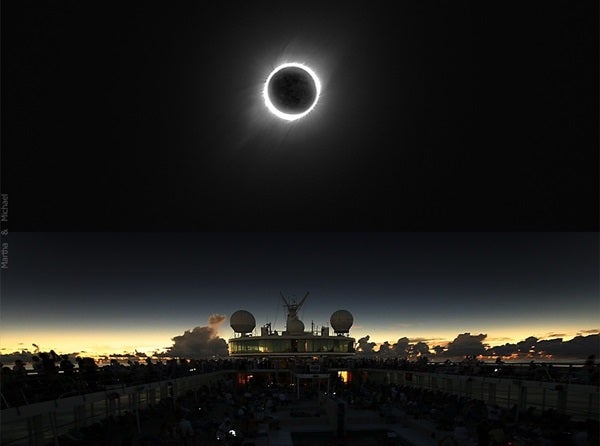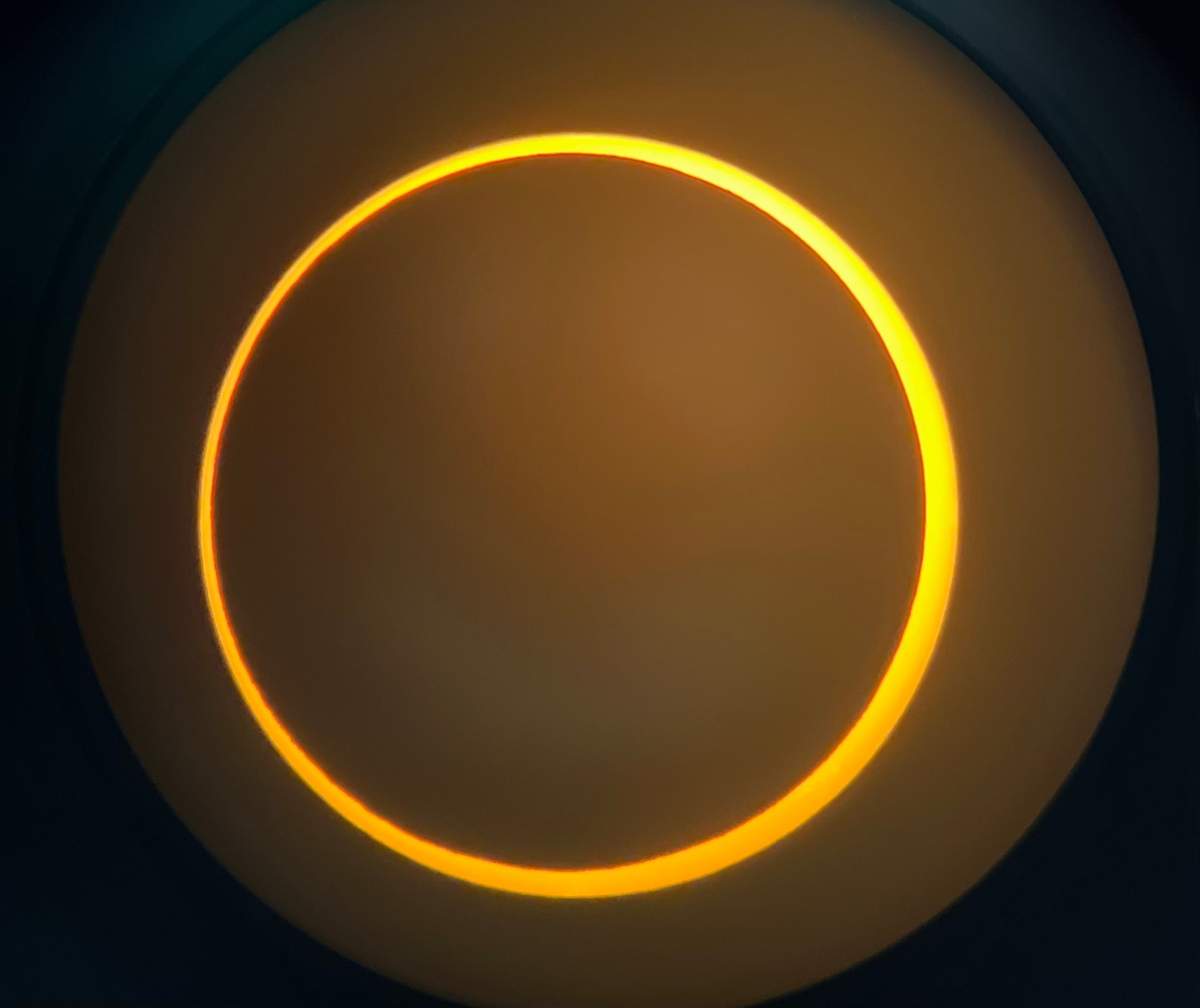
SAN ANTONIO — At times, today’s annular eclipse has been billed as an opening act for the headlining act of next April’s total eclipse. But the first annular to grace the U.S. in 12 years proved to be a spectacle with charms of its own.
In the U.S., cloud cover was more prevalent on the western end of the path of annularity, which tracked across nine states from Oregon to Texas. Some views over the Pacific Northwest were obscured by clouds. But as the morning went on, the cloud deck lifted and much of the southwest, including the cities of Albuquerque, N.M., and San Antonio, enjoyed clear views of the eclipse.
The eclipse continued on across the Gulf of Mexico, Mexico’s Yucatan Peninsula, and through Central and South America, ending at sunset off the coast of Brazil.
Clear skies in San Antonio
Astronomy viewed the event from the Scobee Planetarium on the campus of San Antonio College (SAC), which welcomed a crowd that organizers estimated at 3,000 to 5,000 people for a viewing party. (The Scobee is named for Francis Richard Scobee, commander of Space Shuttle Challenger’s final flight; he studied at SAC while based at Kelly Air Force Base in San Antonio.)

The Scobee was just one of many places in the region hosting a viewing party, but it was a hub of activity: Celestron produced a live feed of the eclipse with a scope on the planetarium roof, and shared it with The Weather Channel for the network’s coverage.
The morning dawned cool, cloudy, and windy, but food trucks, vendors, astronomy clubs, and curious sky watchers were undeterred, filling the leafy grounds and creating a festival atmosphere.
Nature kept us all in suspense — the clouds persisted, and our view of first contact at 10:23 A.M. was lost. But views of the partially eclipsed Sun periodically appeared through gaps in the clouds, to cheers from the crowd. Then, just as the forecast had predicted, clear skies moved in from the west and we enjoyed a perfect view of second contact at 11:52 A.M.

It’s true that an annular eclipse has fewer observational treats than a total eclipse. An annular occurs when the Moon’s elliptical orbit takes it too far away from Earth to block out the entire disk of the Sun.
But watching the horns of the crescent Sun begin to wrap themselves fully around the Moon thrilled the crowd, which let loose a roar as the Moon became completely enveloped by the Sun. Even those using only solar glasses were able to see Baily’s beads — bright dots that can appear like beads on a string, formed by light streaming through low points and valleys on the Moon’s limb.
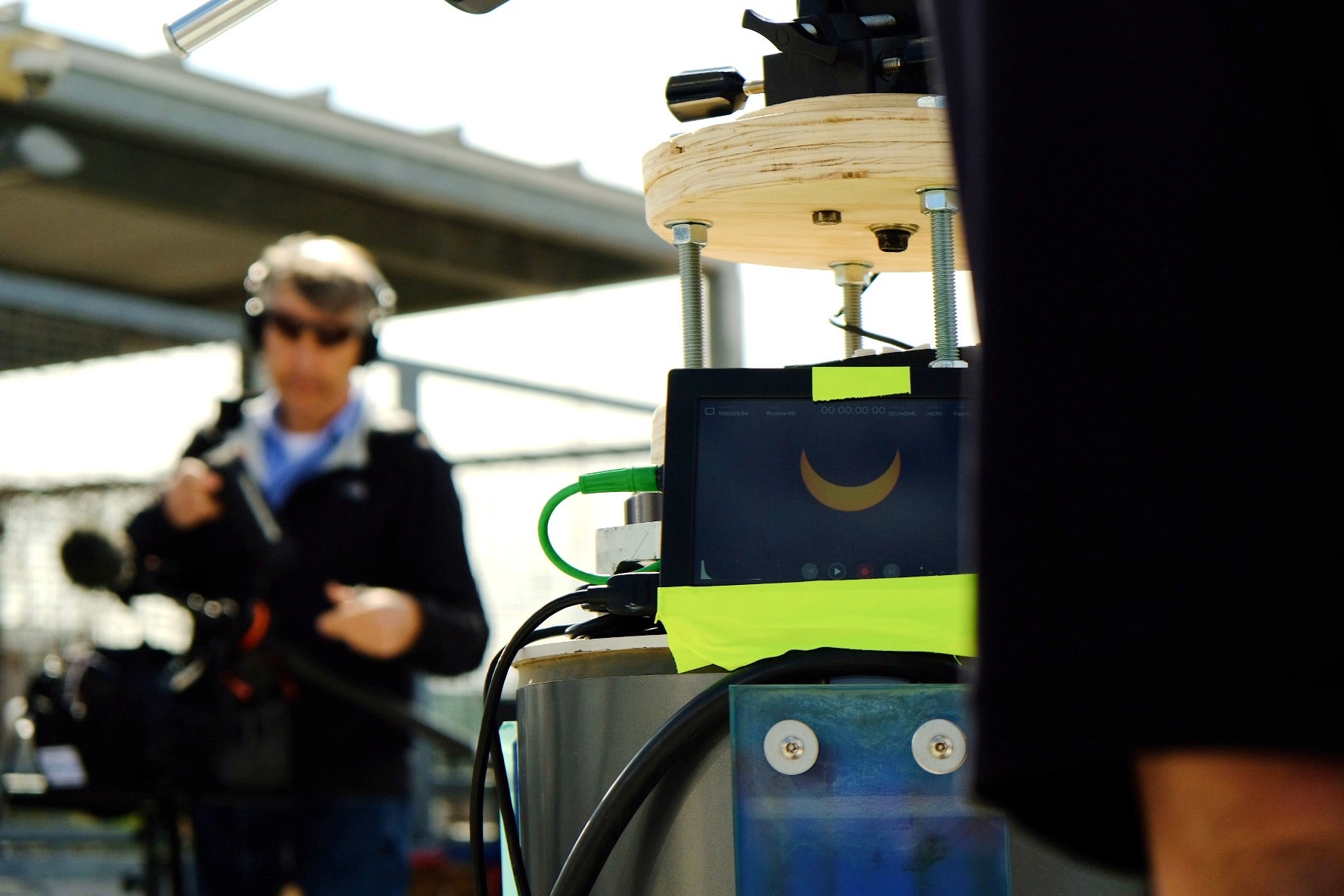
For just over 4 minutes, the crowd basked in the dim glow of annularity — and then another string of Baily’s beads marked the moment of third contact, when the ring was broken, and the Moon began to move off the Sun’s disk.
Coming attraction
Next up for eclipse chasers is the big one: the total solar eclipse of April 8, 2024, which will provide up to 4 minutes 28 seconds of totality. The Scobee will not be able to throw a repeat party: It lies just outside the path of totality, by mere miles. But an estimated 31.6 million people already live in the path of totality, and it’s a short trip for millions more. For many in North America, it could be the eclipse of a lifetime.

